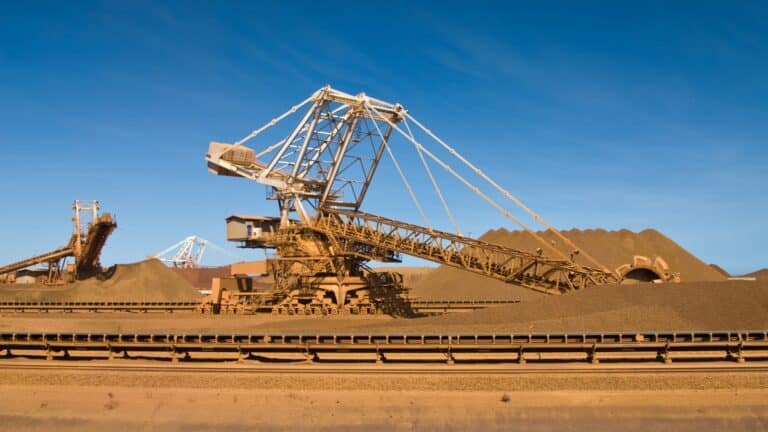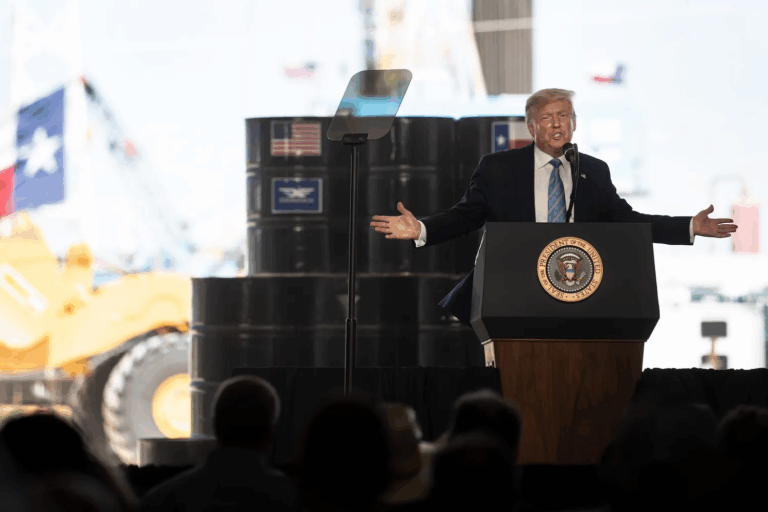Read the Op-Ed
Since the inauguration of U.S. President Joe Biden, the United States and Germany have been seeking a way out of the deadlock over the Nord Stream 2 gas pipeline. The Biden administration has so far managed to avoid triggering a full-blown crisis over the project with Berlin, but further sanctions bills circulating in the U.S. Congress might leave it with no choice. The undersea pipeline from Russia to Germany is nearly completed, and while its commissioning might be delayed, the start of gas deliveries is inevitable—and Washington should acknowledge it. The Biden administration should also reframe the issue, focusing the conversation on the practical implications of Nord Stream 2 instead of attempts to block it. A European strategy, led by Berlin and Paris and supported diplomatically by Washington, can help Central and Eastern Europe, especially Ukraine, adapt to the inevitable decline in their role as gas transit countries.
Contrary to the claims of the pipeline’s vociferous opponents, Nord Stream 2 will have no implications on European security whatsoever. Germany will not be Finlandized, Ukraine and Central Europe will not be sold to Russia, Russia will not use its gas to strangle Europe, and NATO solidarity will not be compromised. The debate in Washington on Nord Stream 2 fails to acknowledge that Europe has successfully addressed its Russian gas problem by creating an integrated market for gas across the bloc. Natural gas has become a traded commodity across the European Union. Russian gas has competition everywhere, and there is massive spare liquefied natural gas capacity to serve the continent. The Baltic states and Poland will not be impacted at all by Nord Stream 2. They oppose the project out of political solidarity with Ukraine in its confrontation with Russia, not because it threatens their energy security or economic interests. Changing the logistics of Russian gas exports to Europe is strategically benign.
On the other hand, the only serious risk to European supply security that ever materialized was the disruption of gas transit through Ukraine. In January 2009, Russian gas stopped flowing to Central and Western Europe for two full weeks, after Russia and Ukraine failed to renew their annual contract. It was the largest supply disruption in global gas trade history. Its dominant position in transit gave Ukraine leverage over Russia, which Kyiv used to keep prices low. The arrangement generated increasing tensions with Russia’s state-run Gazprom energy company and created opportunities for political corruption. Removing the Ukrainian transit risk from the Russian-EU gas relationship was a legitimate shared interest of Europe and Russia, advanced via new pipeline projects under the Baltic Sea and Black Sea. Once the new Russo-German link is completed, it will make Europe’s energy supply safer.
Nord Stream 2 will have economic implications. It will cost Ukraine in two different ways. First, the Ukrainian gas pipeline company, Gas TSO of Ukraine, will lose substantial revenues from gas transit. Based on the company’s data, we estimate those losses to be between $400 million and $500 million per year from 2021 to 2024. Secondly, as transit volumes decline, the fixed cost of the pipeline infrastructure must be borne by Ukrainian gas consumers. The same logic applies to underutilized infrastructure in Slovakia, Austria, and the Czech Republic, which will also be impacted by lower transit volumes. These additional costs, which we estimate to be approximately $650 million per year, would bring the annual total to some $1.2 billion.
Ukraine needs to adapt in a way that benefits its economy and advances its energy integration into Europe. Berlin and Paris must take the lead in negotiating an incentive contract with Kyiv that will smooth out the transition to a post-Nord Stream 2 era.
This new EU-Ukrainian gas strategy should rest on three pillars:
The first and by far the most important pillar consists of bringing down the Ukrainian gas transmission system’s excessive operating costs. It is vastly oversized. Capacity needs to shrink at least by half and headcount by a factor of four. A lean and efficient pipeline system would benefit the Ukrainian economy via lower gas tariffs and a more reliable supply. If Ukraine were successful in securing some transit business—as we think it will be—it might even make a higher profit than it does today. Finally, a better-administered system would allow Ukraine to offer cheaper and higher-quality services to European energy traders seeking to access large-scale gas storage facilities in western Ukraine.
Even when Nord Stream 2 is online, Gazprom should still need to ship 20 to 25 billion cubic meters via Ukrainian pipelines each year, according to our estimates. Ukraine could sell Russia baseload capacity at a tariff lower than today’s, with the option to surge volumes at a much higher tariff when the European market is tight. The first part of the arrangement would guarantee a minimum annual payment and discourage Russia from investing in additional pipeline capacity to Europe through the Black Sea. The second part of the agreement would share the profits between Ukraine and Russia whenever the European market is very lucrative.
As part of the strategy, Europe would provide capital for the required investments in modernization through the European Investment Bank or the European Bank for Reconstruction and Development. As an incentive for Ukraine to rapidly modernize its pipeline system, the EU could also offer a cash payment over 10 years, declining year by year. A similar but less generous scheme would help Slovakia and the Czech Republic adjust down the size of their own gas transit infrastructure.
The second pillar of the strategy would give all importers of Russian gas in the EU the contractual option of having their gas delivered at the Russo-Ukrainian border. The closer Gazprom’s clients are to Ukraine, the more likely they are to opt for this solution, especially as the Ukrainian pipeline system becomes more efficient. Mandating that all customers have a choice of delivery point would generate transit business for Ukraine and support east-west flows in Central Europe.
The third pillar would promote the use of Ukraine’s substantial underground storage facilities by European gas traders. EU regulation on gas supply security might help. Market players relying on the Nord Stream system—which will have a combined capacity of 110 billion cubic meters per year—could be forced to insure against the risk of disruptions, including by increasing stored gas reserves. Ukraine would be well placed to meet the new demand.
Kyiv must renounce its strategy of maximum tension and relying on Washington to coerce Berlin, as if Germany were supporting Russia against Ukraine. Because Nord Stream 2 makes sense for Europe and has no adverse strategic implications, Europe must simply help Ukraine adapt to the new situation economically. By holding firm against U.S. pressure, Germany has shown it is serious about Europe’s strategic autonomy. Now it must put it to good use and work with Ukraine on a post-Nord Stream 2 strategy. With such a strategy, the pipeline’s European supporters can facilitate a change in U.S. policy on Nord Stream 2, help Ukraine and other European transit countries, and defuse an unwelcome source of trans-Atlantic tensions.




